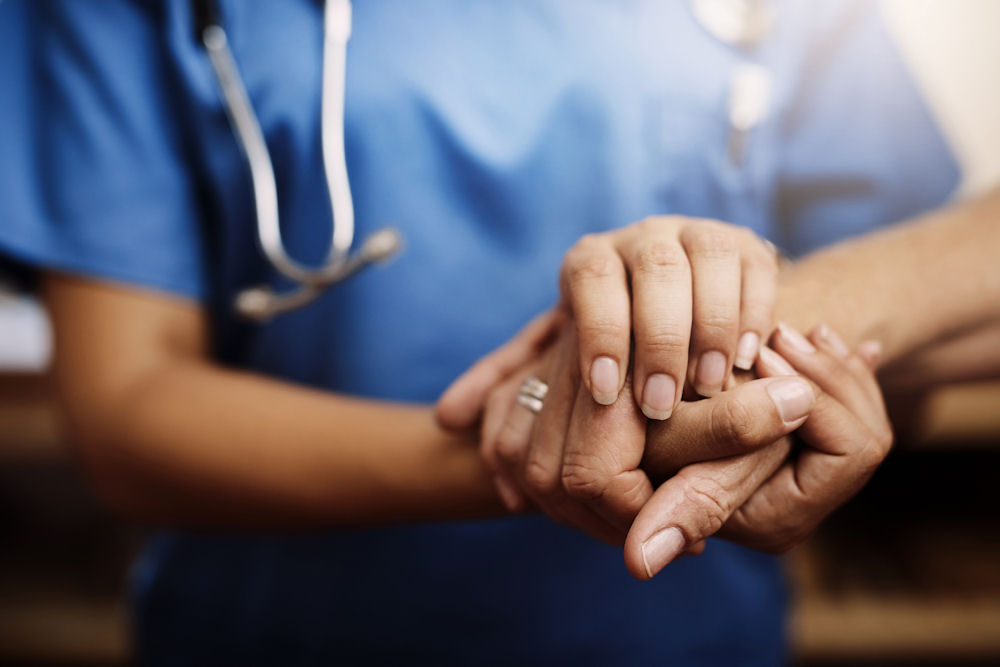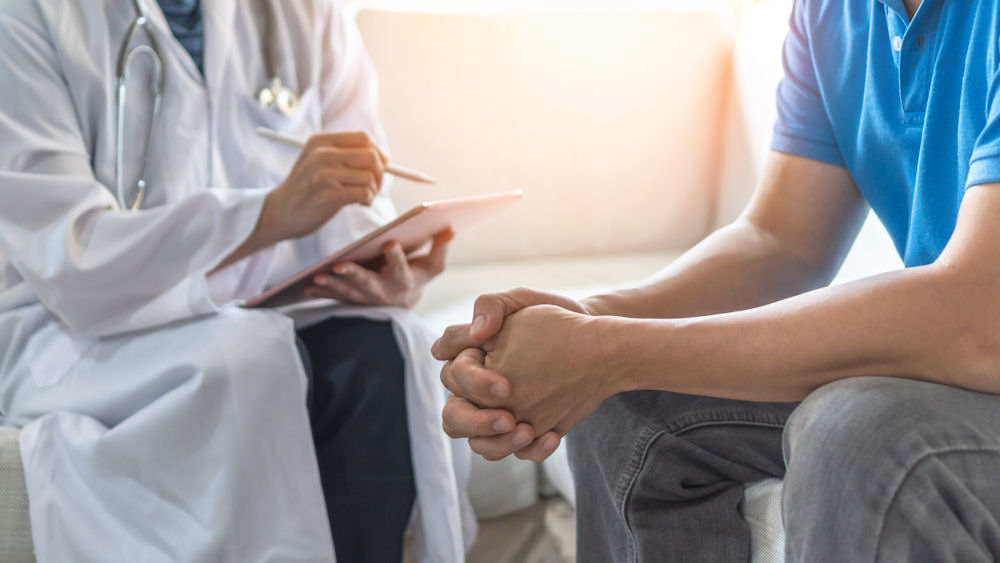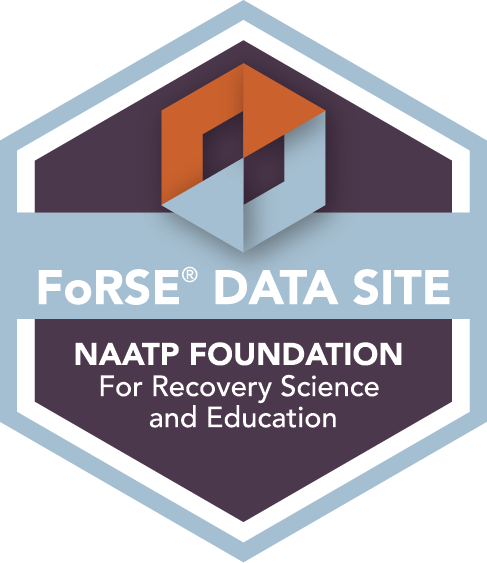The greatest risk of relapse is during the first 90 days of recovery. This is a period when a person’s sensitivity to stress is especially intense due to the changes their body is undergoing. Relapse reflects the difficulty of resisting a return to substance use as a response to intense cravings, but before new coping strategies have been learned and new habits have been rooted. After the first 90 days, the risk decreases, but prevention skills will always be necessary.
The National Institute on Drug Abuse (NIDA) estimates that the relapse rate of addiction is similar to the relapse rates of other chronic disorders such as asthma, hypertension, and diabetes.
At Northern Illinois Recovery Center in Crystal Lake, Illinois, we provide our clients with a full continuum of care including addiction treatment, dual diagnosis treatment, and a relapse prevention plan to achieve optimal recovery outcomes.
What is Relapse?
Generally speaking, the meaning of relapse is a downturn in health status after an improvement. In the field of addiction, relapse has a more precise meaning–returning to drug use after a period of abstinence. It isn’t a sign of a recovery failure. It’s confirmation that recovery takes a lot of learning (particularly about yourself) and requires significant changes in behavior and lifestyle.
Abstinence may last a week, a month, or years but relapse is common in addiction recovery. It is considered a natural part of the process of unlearning harmful behavior and relearning positive behaviors. According to the National Institute on Drug Abuse (NIDA), between 40- 60% of people relapse within their first year of treatment.
There is an important difference between a lapse or slipup, and a relapse. The distinction is significant because it influences how people manage their behavior.
- A slipup is a short-lived lapse, usually accidental. It typically reflects the weakness of coping strategies during a high-risk situation.
- A relapse is a sustained return to the frequent and heavy substance use that existed before receiving treatment or making a commitment to change.
Why Do People Relapse?
A main question always asked is, why do people relapse? Truth is, there are a variety of situations that may prompt a relapse, including:
- Environments that tempt the individual to return to drug use. These could be situations or places where the person used to use substances such as alcohol or drugs.
- Certain circumstances may serve as a trigger for substance use as a coping method including unstable housing, social pressure, personal or professional difficulties, and social stigma.
- Pre-existing emotional or mental health concerns
- Pre-existing physical health problems
Physical health issues can lead some people to use non-prescription pharmaceutical drugs or illicit drugs, especially when they have constant pain.
- Guilt is caused by lapsing.
An individual in recovery can experience internal conflict or guilt if they have a slip-up. If this isn’t managed correctly it can lead to self-blame and guilt which subsequently means the person is more likely to start using substance abuse as a coping mechanism.
In the long run, it might take several attempts to get the right management and prevention strategies to maintain abstinence.
Stages of Relapse
Understanding the process of relapse is important to implementing your path to recovery. It can be divided into 3 stages. The sooner you can recognize and start using healthy coping skills, the more likely you’ll see success. The three stages are:
This stage is distinguished by poor self-care. It begins before you even think about using it. Warning signs include:
- Anxiety
- Isolation
- Anger
- Not expressing feelings
- Poor sleeping and eating habits
- Not engaging in treatment
If you are in this stage, you need to start practicing self-care. This includes:
- Exercising regularly
- Healthy eating every day
- Get 8 hours of sleep every night
- Use good hygiene practices
- Find healthy activities that you can do with other people
This stage could be compared to a battle in your mind. Part of it wants to use and part of it doesn’t. Warning signs include:
- Thinking about people you used drugs or drank with and places where you used drugs in the past
- Glamorizing past drug use
- Lying
- Planning a relapse–thinking that you could use just once
If you have reached this stage, you should:
- Tell a loved one or a health professional about your cravings,
- Identify high-risk environments and situations, and
- Develop a plan to avoid using it.
Physical relapse is when you start using again. This is the stage most people think of when they refer to a relapse. At this point:
- Negative emotions have become overpowering,
- Inadequate coping skills have led to negative thoughts that justify the use, and
- You have looked for and used the substance.
What you can do now:
- Get help immediately and be honest about your relapse,
- Take time to learn and understand the stages before the physical relapse,
- Try to discover which emotions and thoughts led to the relapse, and
- Learn how to avoid these triggers or how to cope in the future.
When is the Highest Risk Period for Relapse?
As mentioned previously, relapse is most likely during the first 90 days after commencing recovery. The importance of 90 days sober stems from the physical and mental changes that happen during this period. Frequently, it’s the point where the initial withdrawal symptoms dwindle and people begin to feel improvements in their overall health and well-being.
That being said, relapse typically occurs sometime during the first year. Recovery is a developmental process and before a person has acquired a set of strategies for coping with cravings, life stresses, and building new daily routines, relapse is always a risk.

There is also evidence that the risk for relapse is higher when people are leaving the full-time support of an inpatient treatment program before they’ve had a chance to use their new skills and insights or set up their support systems.
Relapse Risk Factors
The five most common causes of addiction relapse:
- Stress: Financial problems, relationship issues, and health concerns
- Social situations: Family and friends who still drink or use drugs, attending social functions where alcohol is served
- Negative emotions: Loneliness, depression, anxiety, anger, or frustration
- Cravings: Sudden and unexpected urges to use
- Boredom: Not having things to do can lead someone in early recovery to be easily tempted to use

What to Do After a Relapse
When people lose their tolerance during treatment, they are at a high risk for overdose if they relapse. Social support from family and friends is critical. This can also include your primary care physician, support groups, or your treatment program. There are things you can do to cope with relapse and get help:
- Get professional medical attention
- Get support
- Have patience
It frequently takes several attempts to quit a substance or behavior successfully. The best thing now is to stay safe, get back on your recovery path, and plan to stick with it.
Treatment and Relapse Prevention Plans
As understanding and knowledge about addiction have evolved, the treatment methods have also grown. When teaching people about practicing relapse prevention, it’s important to keep the conversation simple, practical, and maintainable. Preventing relapse involves these principles:
- Keep occupied with recovery-related activities: Create a new routine that is most favorable for recovery. An easy way is to find and receive treatment as well as participate in support groups including Alcoholics Anonymous and group therapy.
- Understand the gradual stages of relapse and recovery: The main goal of relapse prevention is to help people become aware of the initial signs, identify their triggers, and build healthier patterns during the early stages when the possibilities of success are the greatest.
Cognitive therapy is one of the most effective tools in preventing relapse. When combined with mindfulness and other behavior-oriented methods, cognitive behavioral therapy is fundamental for relapse prevention. A barrier to being motivated in recovery is the feeling that sobriety is boring, with no opportunities for fun. This impression needs to be changed to the idea that recovery can be fun. This cognitive change can be carried out through different recovery-related activities while practicing mindfulness and relaxation-oriented action to manage stress and build the discipline and resilience necessary for recovery.

Northern Illinois Recovery Center Can Help Prevent Relapse
Relapse prevention skills are key in recovering from a substance use disorder (SUD) or behavioral addiction. Although each person’s recovery plan will be based on their needs, some things can help you reduce your risk for relapse. At Northern Illinois Recovery Center, we will help you design an individualized recovery plan.
It’s important to note that 35-50% of people with an addiction (SUD) also have a co-occurring mental health issue. This is known as a dual diagnosis and many people use substances to self-medicate their mental condition. Undiagnosed, untreated psychological disorders make recovery more difficult and relapse more likely. NIRC has a dedicated dual diagnosis program because it is necessary to have both disorders treated at once.
We can also offer several treatment programs so you can truly create a recovery plan that meets your needs, from medical detox to sober living and aftercare. This will help you stay in treatment–an important predictor of success in recovery. Don’t wait for things to get better on their own. Contact us today.




